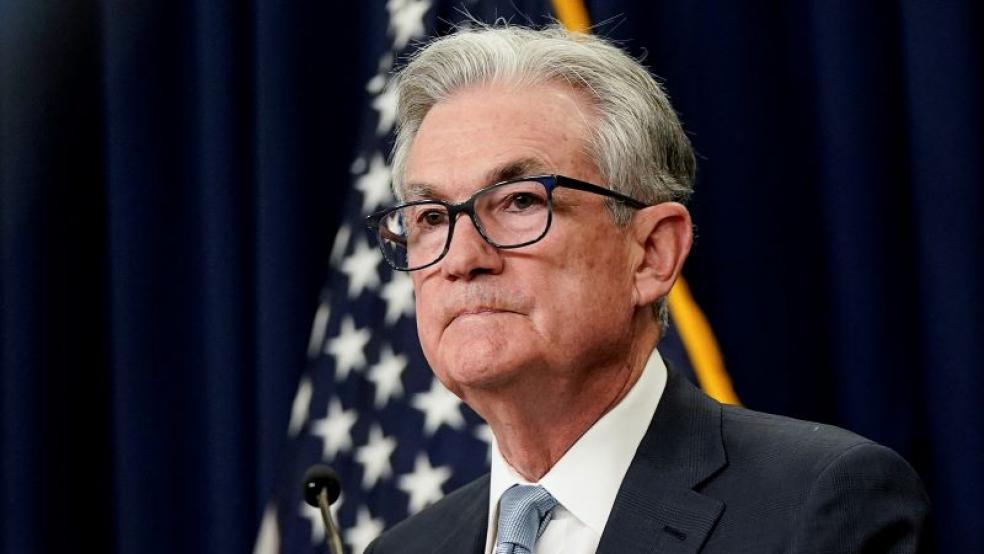At the conclusion of its March meeting on Wednesday, the Federal Reserve announced that it will hold its benchmark overnight borrowing rate in a range between 5.25% and 5.5%. The widely anticipated decision means that rates will stay at the multi-decade high reached in July 2023 for at least another six weeks.
In a statement, the Federal Open Market Committee said it did “not expect it will be appropriate to reduce the target range until it has gained greater confidence that inflation is moving sustainably toward 2 percent.”
Still, members of the FOMC indicated that they expect to cut rates three times this year, for a total cut of 0.75 percentage points. Their projections show a higher rate of growth for the economy in 2024 – GDP growth of 2.1%, up from the 1.4% estimate in December – and slightly higher interest rates over time, with the long-term “neutral rate” settling at 2.6%, one-tenth of a point higher than previously estimated. Inflation, too, is seen as staying a bit higher, with officials projecting a core inflation rate of 2.6% by the end of 2024, up from the 2.4% estimate previously.
Speaking to reporters after the FOMC announcement, Fed Chair Jerome Powell said he thinks the central bank is making “good progress” in bringing inflation back down to its 2% target, while noting that any future changes in policy will depend on data. “We believe that our policy rate is likely at its peak for this type of cycle, and that if the economy evolves broadly as expected, it will likely be appropriate to begin dialing back policy restraint at some point this year,” he said. “We are prepared to maintain the current target range for the federal funds rate for longer if appropriate.”
Asked about two recent hotter-than-expected inflation readings, Powell said he thinks they “haven’t really changed the overall story, which is that of inflation moving down gradually on a sometimes bumpy road towards 2%.”
The bottom line: The outlook looks much the same as it did before the Fed’s highly anticipated announcement, though with a bit more of everything, especially economic growth. Fed officials don’t see anything that would interfere with the “soft landing” scenario of declining inflation and no recession.
If you put any faith in the stock market as an indicator, Wall Street traders certainly liked what they heard. The prospect of continued economic growth with no new worries about inflation helped push stocks sharply higher, with the S&P 500 climbing above 5,200 and the Dow Jones Industrials Average rising to a record high over 39,500.




